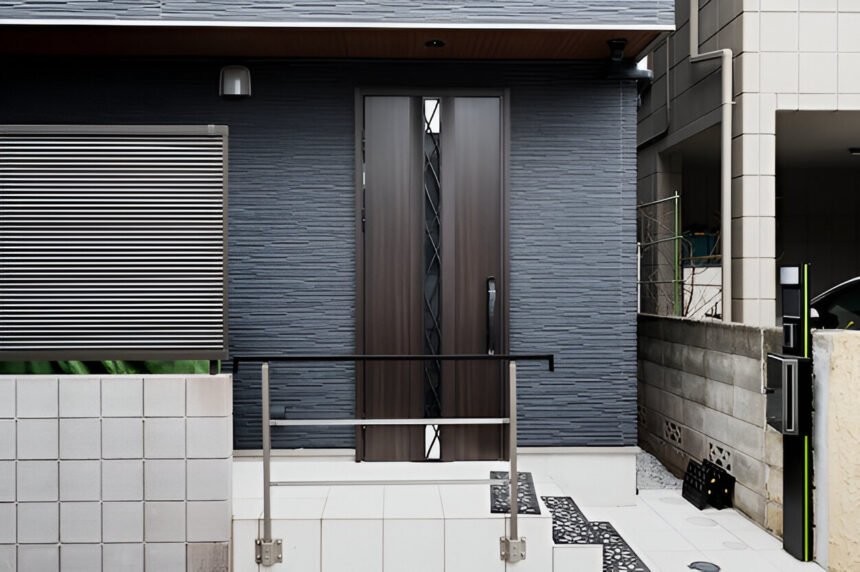Composite front doors have gained immense popularity in recent years due to their durability, security, and aesthetic appeal. These doors combine the best features of various materials to create a superior product that offers numerous benefits to homeowners. In this comprehensive guide, we will delve into the world of composite front doors, exploring their composition, advantages, installation process, maintenance tips, and much more.
What are Composite Front Doors?
Composite front doors are made from a combination of materials, typically including uPVC, wood, insulating foam, and glass-reinforced plastic (GRP). This blend of materials results in a door that is exceptionally strong, secure, energy-efficient, and low-maintenance. The outer layer of GRP provides a realistic wood-like finish that can be customized to mimic various wood types, making composite doors a versatile choice for any home.
Advantages of Composite Front Doors
- Durability: Composite doors are highly resistant to warping, cracking, and fading, ensuring they maintain their appearance and functionality for years to come.
- Security: The robust construction of composite doors, coupled with multi-point locking systems, provides excellent security against intruders, giving homeowners peace of mind.
- Energy Efficiency: The insulating properties of composite doors help to improve the energy efficiency of a home, reducing heat loss and potentially lowering energy bills.
- Low Maintenance: Unlike traditional wooden doors that require regular painting or staining, composite doors are virtually maintenance-free, needing only occasional cleaning to keep them looking their best.
- Customization: Composite doors come in a wide range of styles, colors, and finishes, allowing homeowners to find the perfect door that complements their property’s aesthetic.
Installation Process
Installing a composite front door is a job best left to professionals to ensure proper fitting and alignment. The process typically involves the following steps:
- Survey: A professional will visit your home to take measurements and assess the requirements for the new door.
- Removal of Existing Door: The old door will be carefully removed, and any necessary adjustments to the door frame will be made.
- Fitting the New Door: The new composite door will be installed, ensuring it is level, secure, and properly sealed to prevent drafts.
- Finishing Touches: Once the door is in place, additional features such as letterboxes, handles, and security locks will be added.
Maintenance Tips
To keep your composite front door looking its best and functioning properly, consider the following maintenance tips:
- Regular Cleaning: Wipe down the door with a mild detergent and water solution to remove dirt and grime.
- Annual Inspection: Check the door for any signs of wear or damage, such as cracks or peeling paint, and address them promptly.
- Lubricate Moving Parts: Apply lubricant to hinges, locks, and handles to ensure smooth operation.
- Avoid Harsh Chemicals: Refrain from using abrasive cleaners or chemicals that could damage the door’s finish.
Cost Considerations
The cost of a composite front door can vary depending on factors such as size, style, design features, and installation requirements. While composite doors may have a higher upfront cost compared to other types of doors, their long-term durability and energy-saving benefits can make them a cost-effective investment in the long run.
Conclusion
Composite front doors offer a winning combination of strength, security, energy efficiency, and style, making them a popular choice for homeowners seeking a high-quality entrance door. With proper installation and maintenance, a composite door can enhance the curb appeal of your home while providing lasting protection and comfort. Consider investing in a composite front door to elevate both the aesthetic and functionality of your property for years to come.











